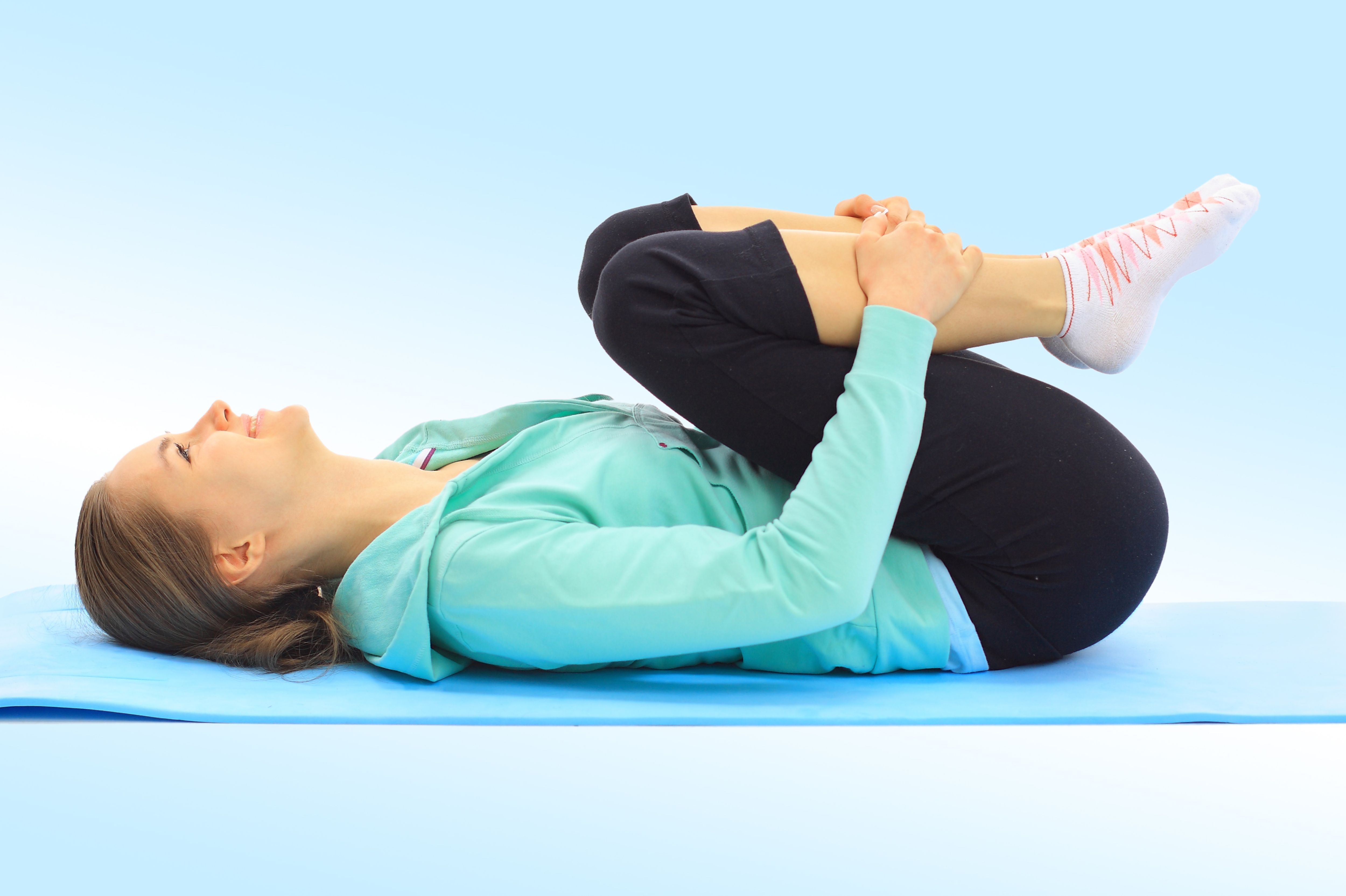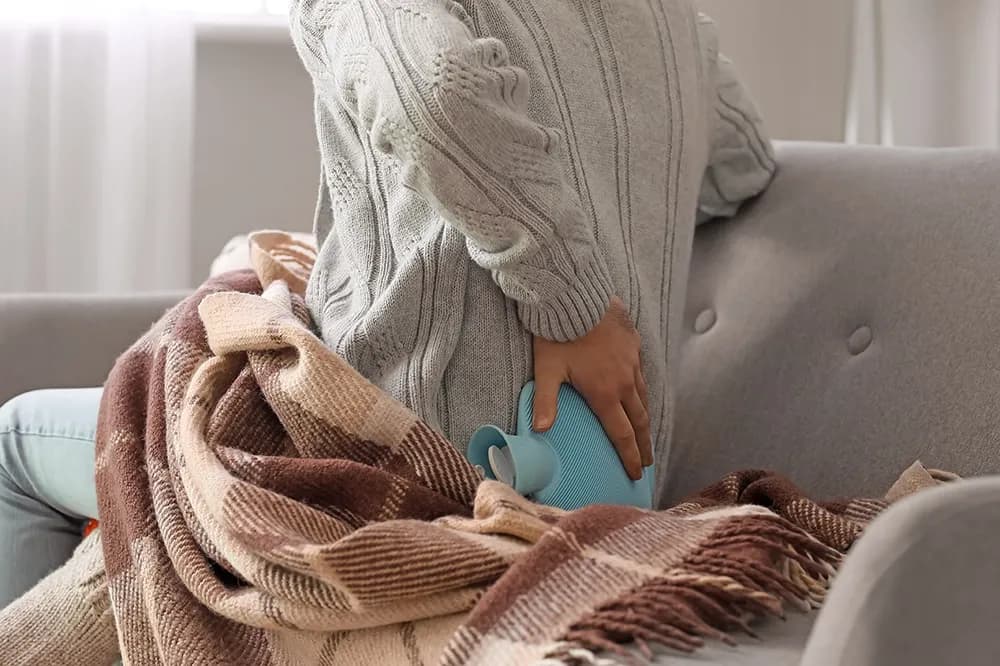A sedentary lifestyle, the great enemy of our backs
A sedentary lifestyle is thought to play a major role in the epidemic of back pain that afflicts us today. Staying active, on the other hand, can help combat low back pain.
‘Back pain? The right treatment is movement’. In 2017, the Assurance Maladie hammered home this message through its campaign against back pain. Based on medical recommendations, the health body advocates physical activity to combat acute low back pain.
Lack of physical activity: ‘tired’ back muscles
Staying active significantly reduces the risk of a painful episode. The explanation is simple. The back muscles support the spine and keep the joints stable. In people who are too sedentary, however, inactivity can lead to a weakening of the muscles, putting excessive strain on the joints.
‘Most of the time, back pain stems from the muscles, ligaments and joints of the back that are no longer used to moving around enough and therefore ‘tire’ quickly’, writes Santé Publique France (1). On the contrary, active, mobile muscles provide better support for the spine and ensure joint mobility.
An indirect cause of low back pain: a sedentary lifestyle

A sedentary lifestyle is defined as doing less than 30 minutes of physical activity every day. It is not necessarily the direct cause of low back pain; if sedentary people are more inclined to suffer from back pain, this is more an association than a causal effect (2).
In fact, there are indirect associations that could explain the link between a sedentary lifestyle and low back pain. For example, a sedentary lifestyle and prolonged exposure to screens are often linked. Many users adopt poor posture when facing screens, which increases the risk of low back pain. Another indirect risk factor is smoking, which is more often associated with a sedentary lifestyle, and whose role in the onset of low back pain is well known, since it is a risk factor for disc degeneration (3).
"Every action counts for your back”
On the contrary, there is a direct link between physical activity and a reduction in the number of painful episodes. From this point of view, all activities are good to do! ‘Whether it's gardening, walking or cycling to work, or taking the stairs instead of the escalator, every little thing counts for your back’, says the Assurance Maladie. Housework, for example, is a classic example of a physical activity that involves little effort (or at least is on the agenda... willy-nilly!) and is good for the back, provided it is done with the right posture.

People suffering from back pain often think that movement is the cause of their pain and that they need to rest to prevent another episode. The data shows the opposite (in the absence of underlying pathology, of course!). To reduce the apprehension associated with physical activity when suffering from back pain, certain devices such as lumbar belts can help by accompanying movement.
For more information, consult your doctor.
- Prendre soin de mon dos, Santé Publique France
- Shu-Mei Chen & al., Sedentary lifestyle as a risk factor for low back pain: a systematic review, International Archives of Occupational and Environmental Health, 2009, DOI 10.1007/s00420-009-0410-0
- Bart N Green & al., Association Between Smoking and Back Pain in a Cross-Section of Adult Americans, Cureus Journal of Medical Science, 2016, doi: 10.7759/cureus.806


